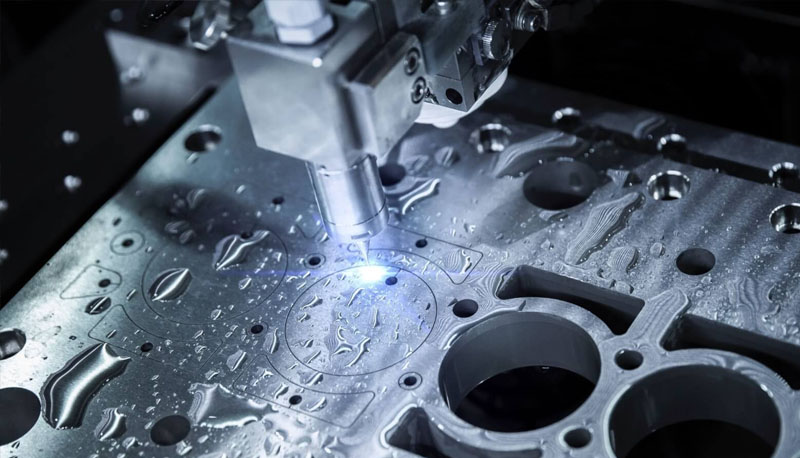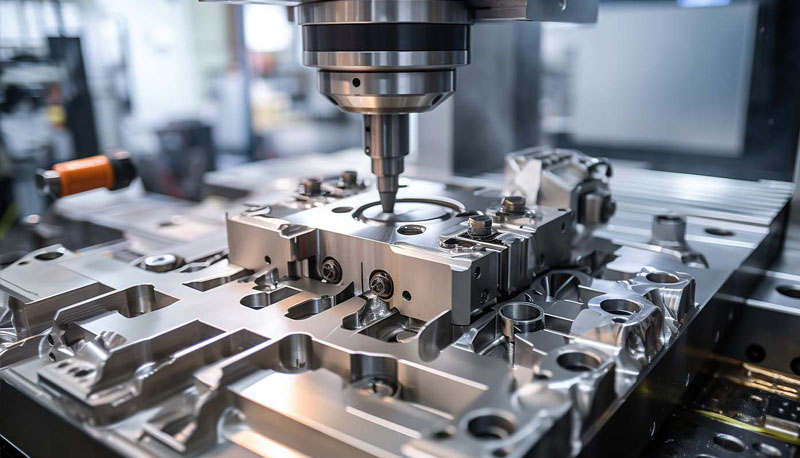Specializing in precision CNC machining of custom-made metal components for the energy and commercial industries.
What is CNC Machining?
Computer Numerical Control (CNC) machining is a manufacturing process that uses automated, high-speed cutting tools to remove layers of material from a stock piece—known as the blank or workpiece—to produce custom-designed parts. Standard CNC machines include 3- to 5-axis milling machines, lathes, and routers.
In this process, design engineers provide CAD (computer-aided design) models, which are then translated by skilled CNC machinists and programmers into CAM (computer-aided manufacturing) software. This software generates precise toolpaths that control the movement of the CNC machine.
CNC machines vary in how parts are cut:
The workpiece may remain stationary while the cutting tool moves,
The tool may remain stationary while the workpiece is rotated or moved,
Or, both the cutting tool and workpiece may move simultaneously to achieve complex geometries.










 Language
Language
Advantages of CNC Machining
Precision & Repeatability:
The automated nature of CNC machining enables efficient, accurate and consistent production that would be impossible to achieve through a manual process.
Robust Secondary Service Capabilities:
Machining can provide secondary finishing on previously formed components; trimming, threads, slots, or holes can all be added for further definition.
Cost-Effective:
Machining is the most cost-effective manufacturing process for one-off and medium-volume production runs.
Tight tolerances:
Both milling and turning produce very tight tolerance parts, which makes CNC ideal for high-end applications such as in aerospace & defense.